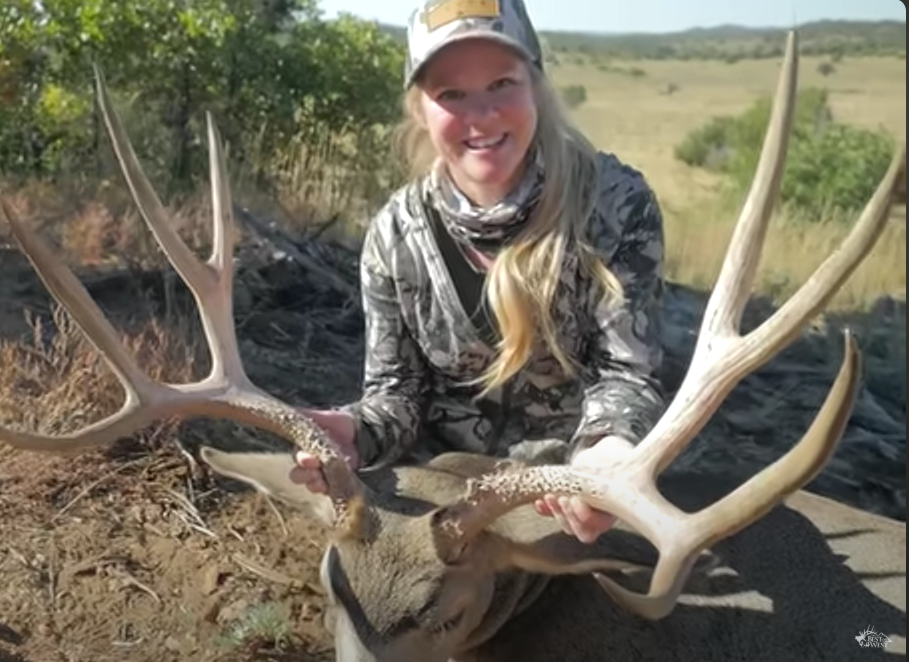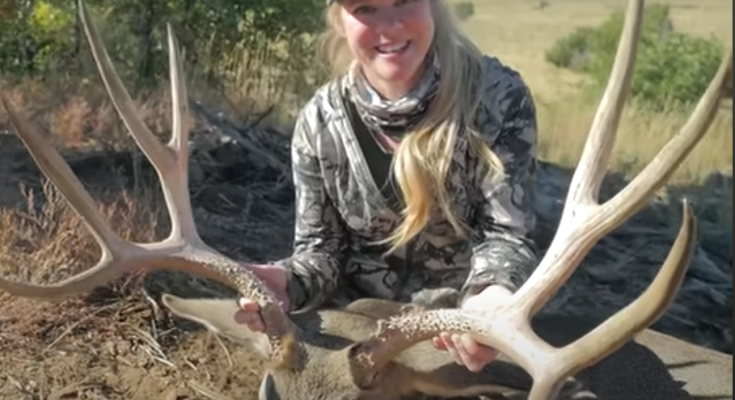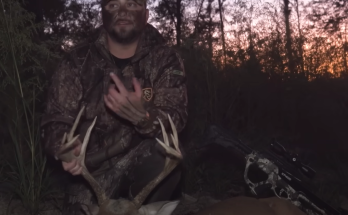Hunting with a muzzleloader is a test of skill and discipline, but taking it to long-range distances adds an entirely new level of challenge. Unlike modern rifles, muzzleloaders require careful loading, precise shooting, and a deep understanding of ballistics. A long-range muzzleloader hunt isn’t just about pulling the trigger—it’s about preparation, patience, and making every shot count.
The Preparation

Long-range muzzleloader hunting starts long before stepping into the field. These hunts demand extensive practice, as shooting accurately at 300 to 500 yards with a muzzleloader requires a solid understanding of powder charges, bullet drop, and wind drift. Unlike centerfire rifles, muzzleloaders have slower velocities and heavier bullets, making trajectory and shot placement even more critical.
Selecting the right muzzleloader setup is key. Modern inline muzzleloaders with precision optics and custom loads allow for extended-range shots, but each gun performs differently. Finding the perfect combination of powder, bullet, and primer takes time and testing.
The Hunt

Spot-and-stalk is a common tactic for long-range muzzleloader hunting. Using high-powered optics, hunters locate game from a distance and plan their approach. Since muzzleloaders are single-shot firearms, getting a steady, well-supported shooting position is crucial. Unlike traditional rifles, there’s no quick follow-up shot if the first one isn’t perfect.
One of the biggest challenges is judging distance and environmental factors. A bullet from a muzzleloader takes longer to reach its target than a modern rifle round, meaning wind and terrain can have a bigger impact on accuracy. Knowing when to take the shot—and when to hold off—is critical.
The Shot
When the moment finally arrives, it all comes down to execution. The shot must be precise, as muzzleloaders don’t offer the luxury of rapid follow-ups. A steady rest, controlled breathing, and careful trigger squeeze make the difference between success and a missed opportunity.
After the shot, smoke fills the air—a signature of muzzleloader hunting. Watching the animal’s reaction is crucial. A well-placed shot means a clean harvest, while a marginal hit may require a careful follow-up track.
The Reward

A successful long-range muzzleloader hunt is one of the most rewarding experiences a hunter can have. The extra effort, from preparation to execution, makes harvesting an animal with a single-shot rifle feel even more meaningful. It’s a hunt that tests patience, accuracy, and knowledge—proof that sometimes, the old ways are still the best ways.
4o



